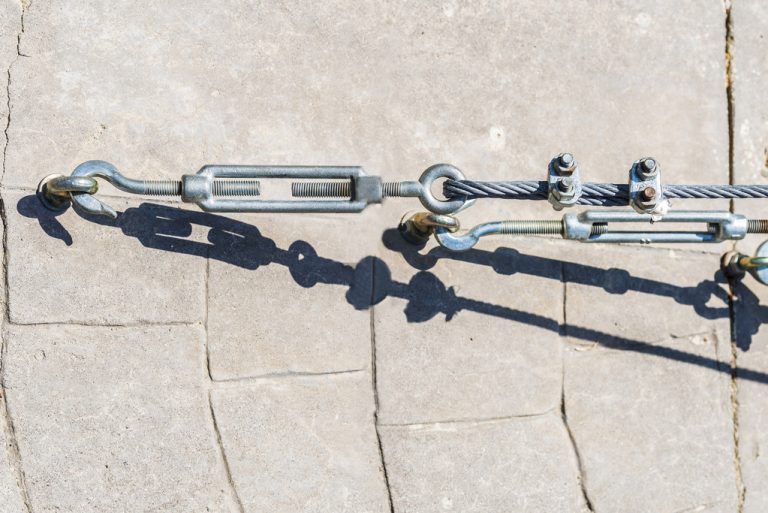Turnbuckles and Rigging Screws are common rigging components used to connect rigging and apply tension to your cables and wire ropes. Are they same or different? Here we will talk about the difference between rigging screws and turnbuckles.
Rigging Screws and Turnbuckles are seen as one of the quickest and most effortless means of tensioning your cable and wire ropes. Tension is adjusted by simply turning the main-frame to increase or release the strain of the cable or rope. This is ideal in multiple applications are you wouldn’t be having to twist either the eye bolts or the cables – a painless operation that cuts out the trivial process of removing cables and restraining the load in order to gain the correct tension for the application.
Rigging screws are used to provide a means for length adjustment and for tensioning. They are also used with guys for masts, towers, other structures and engineering applications.
Rigging screws generally have elongated eyes or clevis end fittings for connection to shackles, wire rope assemblies, pad eyes and the like. A central cross-hole is provided at the inner end of the thread and at each end of the body, which permits visual observation of the maximum permitted extended position of the end fitting. Rigging screw bodies are formed from tubular sections of steel and can have an almost infinite size range and scope for length adjustment. Size and adjustment of rigging screws is limited by the available end fittings. Additionally, rigging screws have the innate facility for continuing lubrication as the enclosed section of the body provides a suitable reservoir for grease or other lubrication. Hence, they have an advantage in relative corrosive applications such as ships rigging and permanent outdoor guys.
Turnbuckles have the same applications as rigging screws, but have a generally smaller size range and shorter adjustment. The main benefit of a turnbuckle is that it may have a greater ability to be tightened under load. Also, there may be a wider scope for providing means for locking while in service.
Rigging Screws and Turnbuckles are seen as one of the quickest and most effortless means of tensioning your cable and wire ropes. Tension is adjusted by simply turning the main-frame to increase or release the strain of the cable/rope. This is ideal in multiple applications are you wouldn’t be having to twist either the eye bolts or the cables – a painless operation that cuts out the trivial process of removing cables and restraining the load in order to gain the correct tension for the application.
In a word, the main difference between a Turnbuckle and a Rigging Screw is sharp. Turnbuckle is an open body, meets US standards, and are measured imperially in inches. In contrast, Rigging Screws is designed with a closed body and are measured metrically in millimetres. Sail Rigging have full range of turnbuckles and rigging screw, contact us freely if you want to know more.





